Top Cyclic Knife Stub Analysis: Counterattack & Forearm Control
- Gil Peleg

- Jun 11, 2022
- 9 min read
Updated: Jun 16, 2022
This article is a natural continuation of our previous articles on the issue of knife stabbing straight and from the bottom, therefore it is recommended to read our previous articles on this issue before, "Periodic knife stabs with the power and determination: a practical solution to the problem", "Combination Analysis: Knife Stabbing, Slashing, Pushing, and Footwork in Top Self-Defense Techniques" and "Top Knife Techniques: Side and Straight, in Krav-Maga and other methods". When our main goal is to illustrate the need of understanding the issue of "cyclical punctures" among instructors and trainees in various fields of self-defense. To do this, we will try to answer a few questions below: What is the identification of the attacker with the knife? What is a periodic stab with the knife? What is the optimal response of the victim when identifying an attacker with a knife? What is the purpose of the victim assuming he is an expert in self-defense?
Warning!
The concepts presented here are for illustrative purposes only. Before attempting any technique discussed or presented in this article, seek professional training from a reputable instructor.
What is the identification of the attacker with the knife?
Assuming the attacker was identified by the victim a reasonable time before the assault, this gives a person skilled in one of the applicable self-defense methods to deal with this assault. When in this section we assume that the attacker is not an expert, otherwise he would have approached the victim and made a single cut with the knife and that would have been enough! As a result, we discuss a case where the attacker is an amateur, exposing the knife at an identification distance. It could be an incident of a brawl or a banal terrorist attack. The analysis of the event is based on these assumptions only!
What is a periodic stab with the knife?
In the video above, Idan and his students from the Israeli KALAH System show stages of self-defense against a cyclic bottom stab, using a technique called Forearm control of the attacking hand.
Periodic stabbing with the knife is characterized by cruelty on the part of the attacker, and you will ask a question and rightly so, and what with a Non-Periodic is it non-cruel stabbing? Non-Periodic stabbing is cruel but provided it has not harmed vital organs in the body like the heart, liver, kidneys, and arteries then the victim has a chance to survive it. In contrast to a cyclical attack when, in this case, the attacker hits a large number of areas in the human body ... and the goal is clear, to hit as many vital organs as possible to the human body, i.e. to kill. Also, the stabbing is characterized by different scatterings of the knife, and what is meant? It can be focused on a single point or on multiple scattered points in the human body. This can be a drill & slashing combined attacks with different endings. That is, the attack is chaotic and the next blow can usually not be predicted. When in this article we refer to the Forward Knife Grip Technique – Hammer (Saksak). This grip is considered as strong and stable, considered as most common. See explanations of this grip in our previous article, "Top Knife Techniques: Side and Straight, in Krav-Maga and other methods".
What is the optimal response of the victim when identifying an attacker with a knife?

Assuming the attacker was identified in the medium to short term from the victim, then there are several important parameters for the survival of this event: Maintaining vital areas of the body by lifting the hands. When they are close and close to each other. Timing of counterattack, and what does it mean? The exercise must be performed at exactly the right time when the attacker has approached close enough. Here are the steps to perform the exercise: Detecting the exit time of the knife is the most important step! It is forbidden to precede, and it is forbidden to after; Any mistake will lead to a fatal outcome for the victim. When, if preceded then the attacker has time to change the trajectory of the blow from bottom to side (middle) or (top); If after then it is impossible to stop and take control of the arm, i.e. due to the speed and intensity that the blow acquires. So you will ask and rightly when to take over? The optimal time to carry out a counterattack is when a clear intent of the attacker has been identified i.e. to carry out a blow. That is, there are signs of this, the attacker performs a number of deceptive motions with the opposite hand and combines with a knife blow later. So the victim when the attacker performs these motions is ready with hands up, close to each other to perform a counterattack. And when detecting the exit of the knife, makes a movement parallel to the attack. And let's detail the scenario below:
pay attention! The victim and the attacker are a meter to a meter and a half away from each other. They both start moving toward each other almost at the same time. At this point we stop and perform an in-depth analysis:
In the first case - the attacker makes a long knife swing, i.e. the movement of the knife starts behind his leg (close to the buttocks).
In the second case - the attacker performs a short knife swing, meaning the knife comes out of his abdominal area.
These two cases are important because in the first case dealing with the knife is relatively different from the second case. What is the different meaning? Let us analyze the dealing with these two situations when from our previous articles, we assume a knife stabbing is cyclical! Consequently, coping is through control of the arm of the attacking hand. But we must understand that taking over (control) of the arm is a result of the preliminary process.
So let's focus on the process itself:
Although these are cyclic stabs, in the first case much more force is applied, at least in the first stab. Then, later the stabs can be chaotically combined with short stabs and cuts. In the second case, the force of the first stab is smaller but the reaction time of the victim is zero.
What is the purpose of the attacker in the first case?
It is probable that in the first case the assailant revealed his intention to harm the victim. As a result, uses full force in the first blow. Also, usually, the attacker's other hand performs deception movements by pushing or slapping the victim. The attacker knows that if he hits a vital organ in the body with all the power, then the damage will be irreversible. Also, a strong knife blow on its own even in a vital limb causes immense pain and panic in the victim. And this advantage the attacker wants to use to end the event through additional periodic attacks. An equally important goal of the attacker is psychologically suppressing the victim. When, in this scenario, the assailant is convinced that resistance on the part of the victim to robbery, rape, or murder will be minimal.
What is the purpose of the attacker in the second case?
Most likely, in the second case, the attacker managed to approach the victim quietly (the victim does not know about his intention). As a result, the attacker uses a knife blow method, at zero range. The attacker knows that if he hits a vital organ or the main artery in the body, even if the power is weak then it is all over. That is, the damage will be irreversible. The specialist usually makes one cut, which is enough. When, if it is a place with no people around, the attacker may make a few more stabs.
What is the purpose of the victim assuming he is an expert in self-defense?
In the video above, instructors from the Israeli KALAH Combat System, show stages of self-defense against a bottom cyclic stab, using a technique called "Forearm Control" of the attacking hand.
If in the first case a self-defense expert in an applicable method has a chance of up to 20% survival in the second case he strives for zero. I am not talking about an unskilled person in the applicable self-defense methods, because his chance in both cases is 0 for survival. The Israeli KALAH Combat System recommends a number of steps below to get some chance of survival:
Step 1 - Once the attacker is identified, the distance between him and the victim is life-threatening. That is, it must be reduced, before the victim raises his hands up, close to each other (defending vital body organs). When the timing of the counter-attack start must be as soon as the knife begins the movement and before it receives the maximum power of the swing. That is a short moment after the attacker's exit. Assuming the attacker is holding a knife in the right hand, the victim performs a counterattack with a triangular-step technique using the right leg. That is, to a zero-range reduction.
Step 2 - The victim using both hands will lock the arm (the hand with the knife), where when making the entry the victim's hands are closed to the fists (so as not to injure fingers). Important Note: Do not be in a ninety-degree (perpendicular) position in front of the attacker. In this situation, the attacker can move a knife immediately next to another. That is, in an ideal situation the victim would be parallel to the attacker while locking the arm.
Step 3 - The victim's body is tilted forward with both hands locking the attacking arm. Usually, in these moments there is a struggle between the two and there are cases where a rotary movement to the opposite side of the attacker is essential with the application of force downwards on his shoulder.
Step 4 - In moments of struggle, the victim along with the circular motion and "Forearm Control" uses the right hand to hit the victim. Additionally, combined kicks and knees for vital areas of the attacker, like the groin and abdomen area.
Step 5 - The right hand continues to lock the attacking arm and the left-hand wraps around the arm. In such a situation, even more, force is exerted on the attacker from above, through blows to the head and kicks. When, in the end, the attacker is on the ground.
Step 6 - On the ground, the left hand continues to lock the attacking arm, and the right-hand strikes until the knife are released from the hand. Important Note: The knife must be out of reach of the attacker (farther). When at the end of the process the victim collects the knife and moves it away from the attacker.
What types of training knives and protective equipment are used in Self-Defense training?
It is very important to practice Self-Defense using rubber training knives and even more important during training to wear appropriate protective equipment: such as glasses designed to protect the eyes; a body protector; a Head guard against receiving an unwanted blow. The following is a list of recommended equipment for knife defense studies in Israeli Krav-Maga:
What types of real assault knives exist?
Warning!: Real and dangerous combat knives have been attached below, do not use them for training purposes! Do not use them to intentionally hurt someone! They are for illustration only! That is, to recognize existing threats and be prepared for them! The following is a list of real attack knives for illustration only (there are dozens of different types of attack knives):
What are the recommended books to read, on the subject of knives?
Dear friends, if you are reading this article I guess you like the subject of knives. As a result, I will share with you a number of books on this subject that I have personally read and been very impressed with. You will ask and rightly so, why are they not only about an Israeli KALAH Combat System? My answer is simple, I believe that for survival any self-defense technique is good! As much as it is applicable and useful! In our Facebook Group, we are talking about applicable self-defense, and what is good about it is that the method has no meaning at all, but the application of realistic exercises for effective self-defense! As a result, the books are also from different fighting methods regarding knives. I hope you will enjoy them.
Summary of Short-Range Cyclic Knife Stub Analysis: Counterattack & Forearm Control
This article is a natural continuation of our previous articles on the issue of straight and bottom knife stabbing and therefore it is recommended to read them before, "Periodic knife stabs with the power and determination: a practical solution to the problem", "Combination Analysis: Knife Stabbing, Slashing, Pushing, and Footwork in Top Self-Defense Techniques" and "Top Knife Techniques: Side and Straight, in Krav-Maga and other methods". When our main goal was to illustrate the need to understand the issue of "cyclical punctures" among instructors and coaches in various fields of self-defense. To this end, we have tried to answer a number of questions below: What is the identification of the attacker with the knife? What is a periodic stab with the knife? What is the optimal response of the victim when identifying an attacker with a knife? What is the purpose of the victim assuming he is an expert in self-defense?
Written by Gil Peleg.
Professional Advisor on the KALAH Combat System, Idan Abolnik.
Dear friends, I invite you to read more about applicable Self-Defense in our Group below:
Dear friends, SUBSCRIBE to the Fitness Warriors Club's blogs page, and be the first to read new articles on the issues of Self-Defense:
Amazon's affiliate program - Fitness Warriors Club is participating in Amazon's affiliate program through the Website & through professional blogs where there are links to products marketed on Amazon. Fitness Warriors Club is not responsible for any economic and operational activities related to this program as for the refund of any payments regarding this program. All these issues will be settled with Amazon.


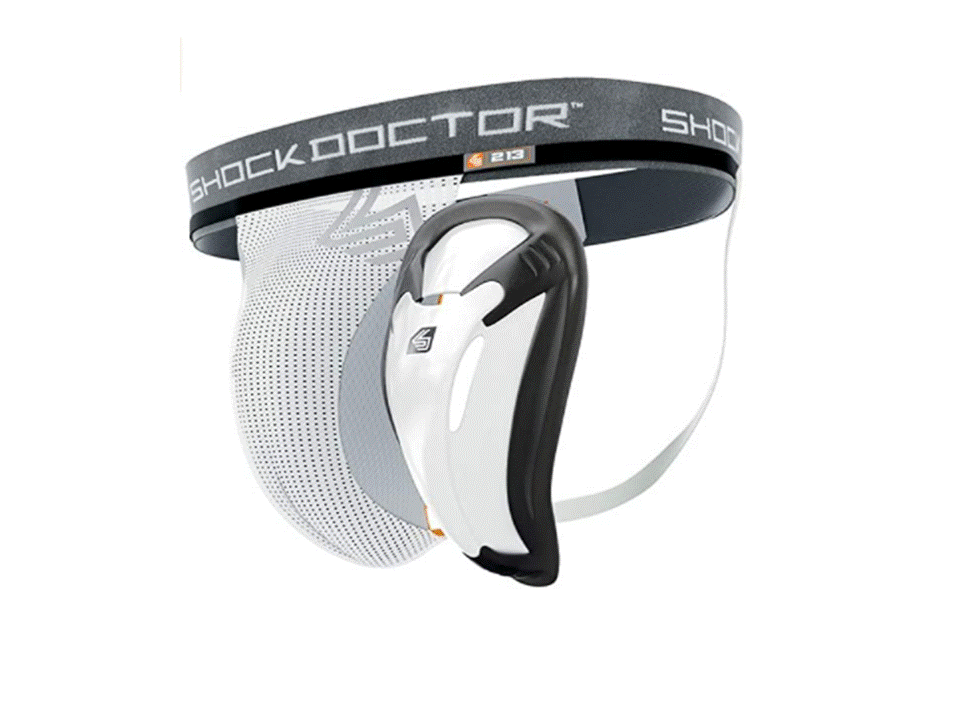
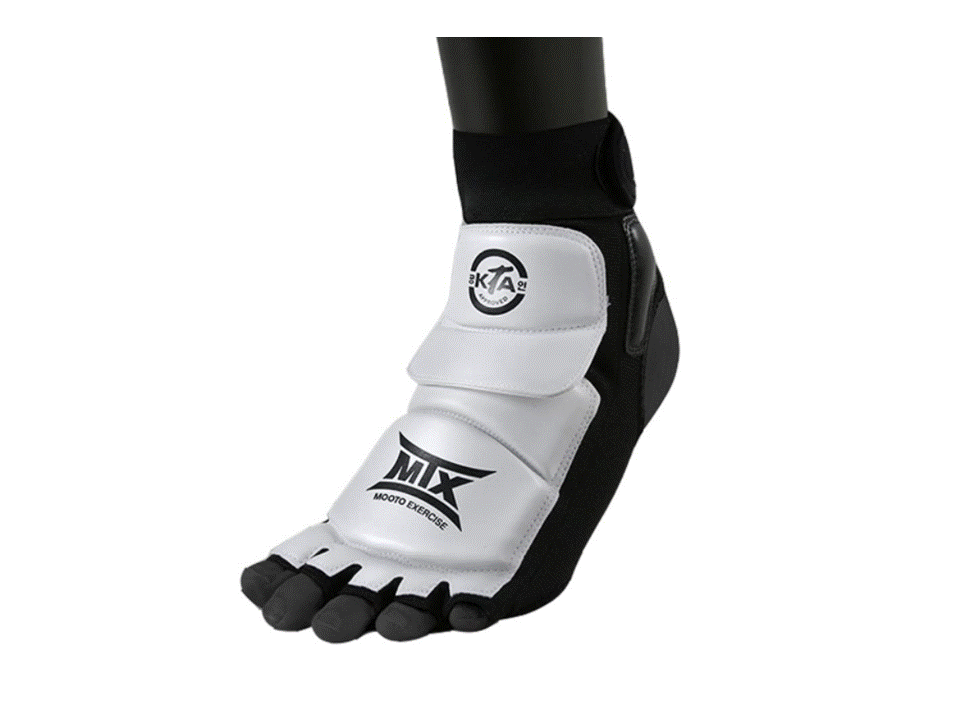
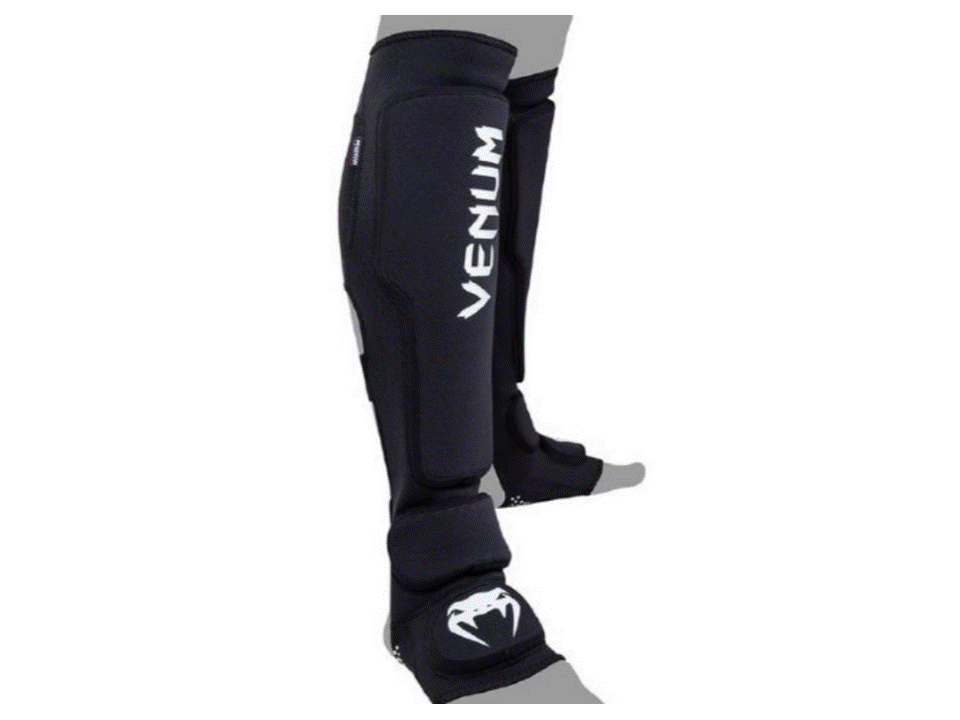
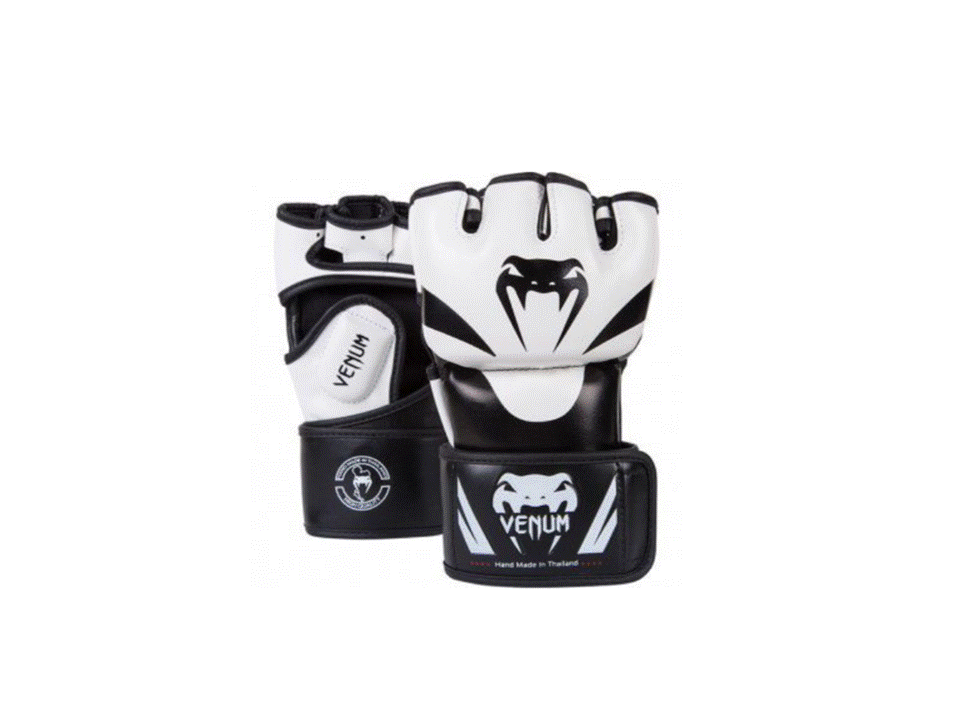

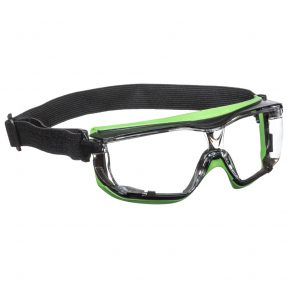


























Comments